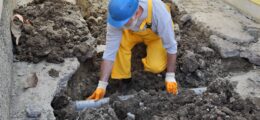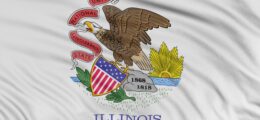NEW NFIB SURVEY: Small Business Optimism Dips in August
NEW NFIB SURVEY: Small Business Optimism Dips in August
September 10, 2024
NEW NFIB SURVEY: Small Business Optimism Dips in August
- The frequency of reports of positive profit trends was a net negative 37% (seasonally adjusted), seven points worse than in July and the lowest since March 2010.
- Twenty-four percent of owners reported inflation as their single most important problem in operating their business, down one point from July.
- The net percent of owners expecting higher real sales volumes fell nine points in August to a net negative 18% (seasonally adjusted). Real sales volume expectations were the largest contributor to the decline in the Optimism Index along with earning trends and expected business conditions.
- A seasonally adjusted net 20% plan to raise compensation in the next three months, up two points from July.
- The net percent of owners raising average selling prices fell two points from July to a net 20% seasonally adjusted.
Get to know NFIB
NFIB is a member-driven organization advocating on behalf of small and independent businesses nationwide.
Related Articles

April 23, 2025
NFIB Asks for Small Business Consideration in Future WOTUS Rule…
NFIB sent a comment letter to the EPA and Army providing suggestions for ho…
Read More


April 18, 2025
Illinois Ranks 46th out of 50 States for Economic Competitivene…
Illinois climbed two places, from 48th to 46th, in the rankings but continu…
Read More


April 16, 2025
New Polling Shows Strong Support for the 20% Small Business Ded…
As Congress debates tax policy, new polling shows bipartisan American suppo…
Read More


April 16, 2025
Health Care: Small Business Pays More, Gets Less
NFIB member Marcie Strouse testified before Congress highlighting how healt…
Read More







